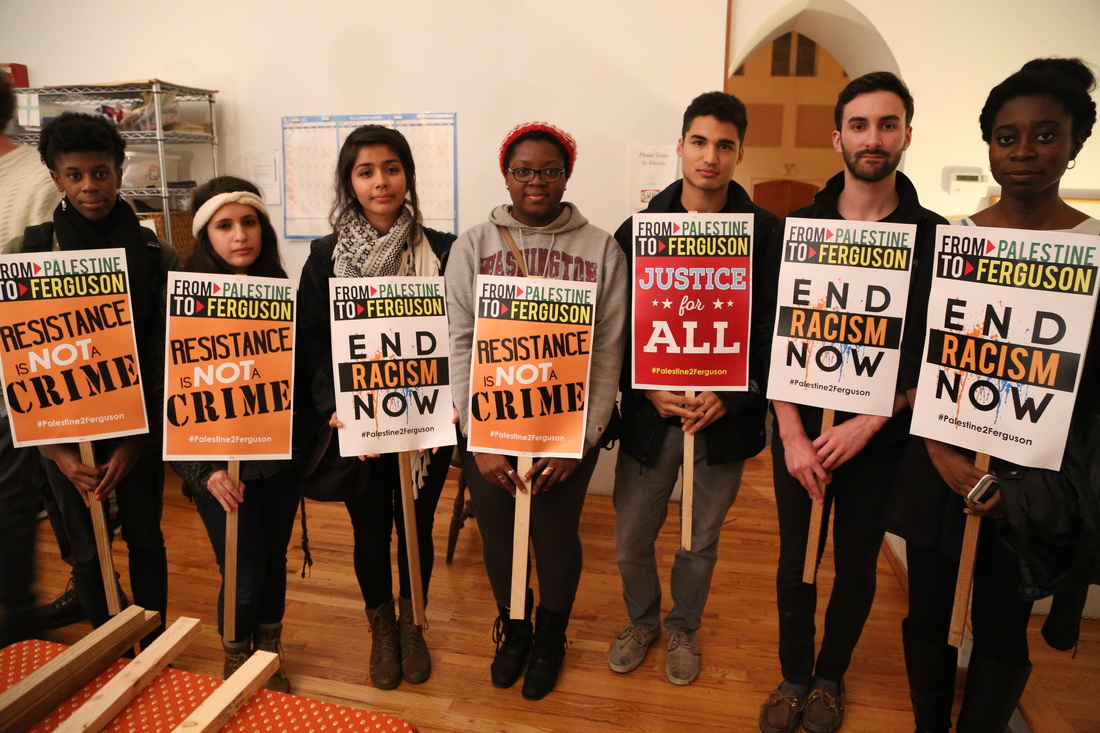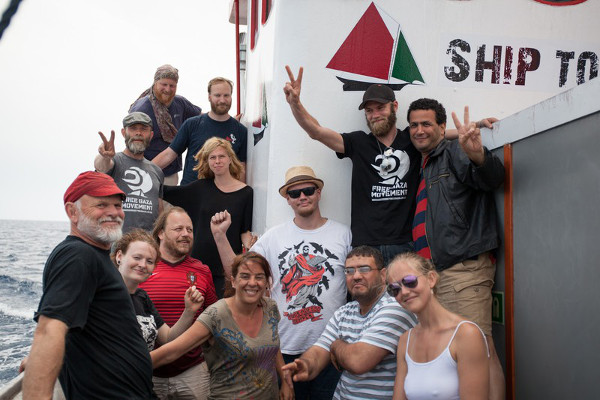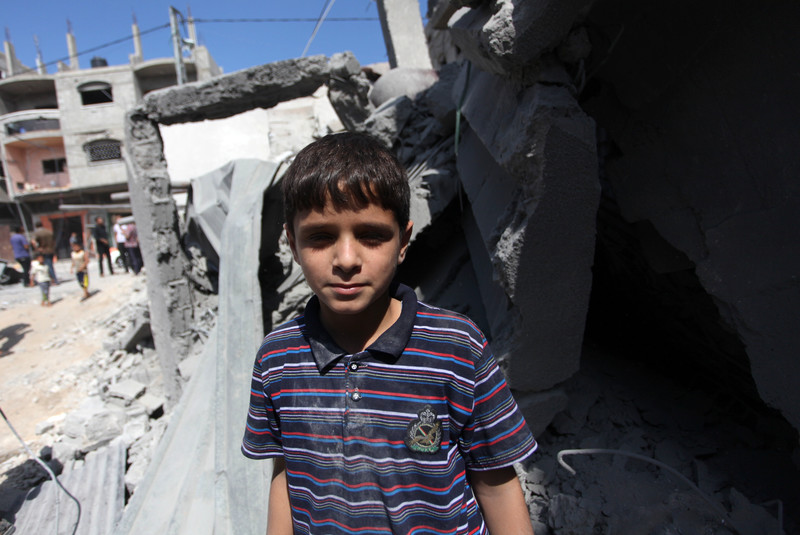Category: In the Media
-

1,000 Black activists, artists, and scholars demand justice for Palestine
19th August 2015 | Black4Palestine | USA Over 1,000 Black activists, artists, scholars, students, and organizations have launched a statement expressing their solidarity and commitment to ensuring justice for Palestinians. Signatories to the statement span a wide cross-section of Black activists and scholars, including Angela Davis, Boots Riley, Cornel West, dream hampton, Emory Douglas, Mumia Abu-Jamal, Pam…
-

Israel once again commits an act of state piracy in the Mediterranean
29th June 2015 | Freedom Flotilla Coalition | International Waters, off the coast of Occupied Palestine At 02:06AM today (Gaza time) the “Marianne” contacted Freedom Flotilla Coalition (FFC) and informed us that three boats of the Israeli navy had surrounded her in international waters, while sailing approximately 100NM from Gaza coast. After that we lost…
-

UN spurns Palestinian children
8th June 2015 | Hemaya Center for Human Rights | Gaza, Occupied Palestine FOR IMMEDIATE RELEASE UN spurns Palestinian children Ban Ki-moon’s decision not to include Israel on the list of violators of children’s rights twists the knife in the heart of every Palestinian parent, making it very clear that in the eyes…
